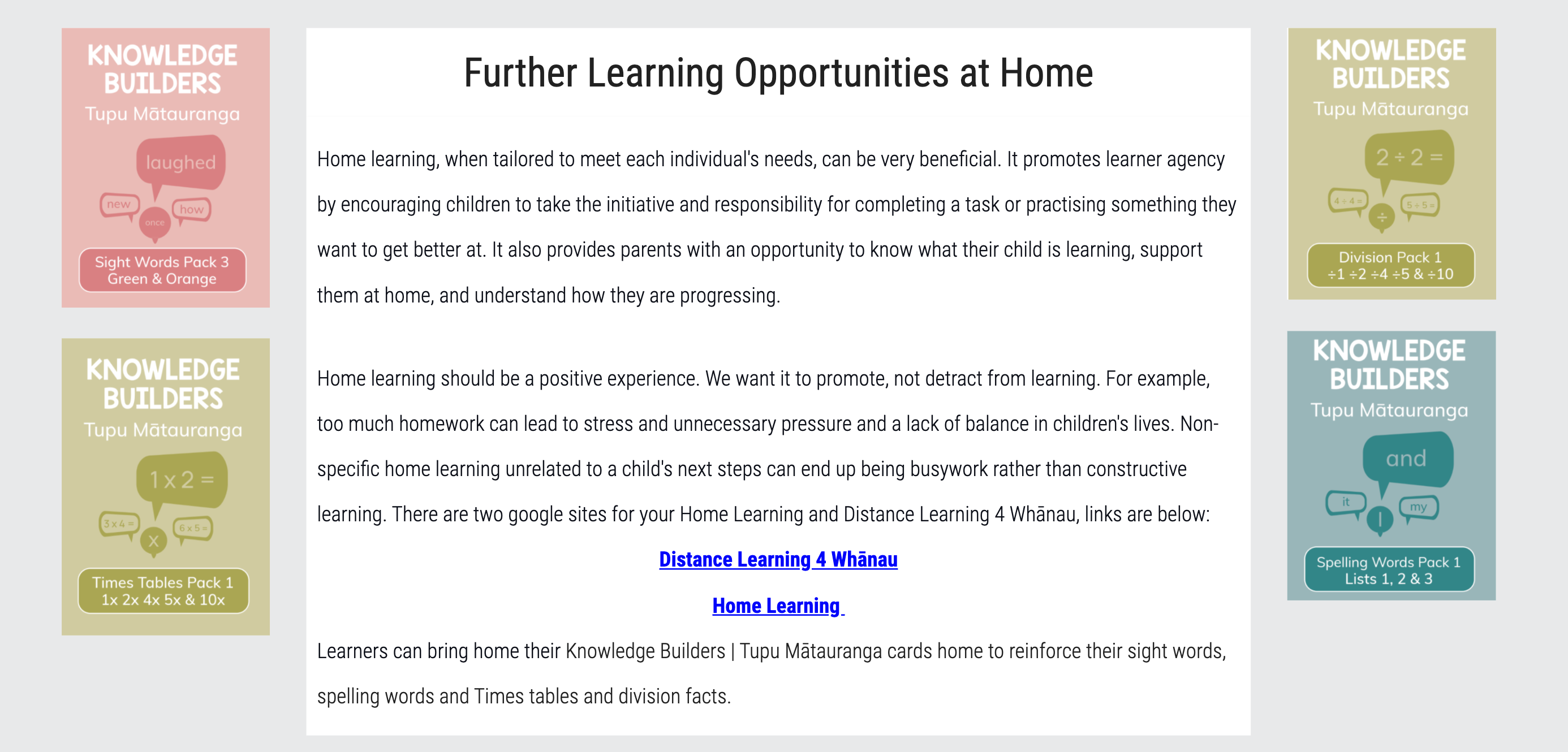Are the connections being made? phonics to writing by using the Learning Process explicitly.

Collecting Data on what learning connections are being made? my question is how is the learning process Split digraph a-e and ng Split digraph a-e, ee and ss Split digraph i-e and ea Student Voice: We are building our knowledge by practising our split digraph. Learners are taking action, referring to the Learning Process, and identifying the thinking skill. In this case 'Practise' to continue their learning. Taking agency to know their gaps and work on them. Learners feeling proud of their learning when taking action to practise. When looking at this qualitative data, I can see that the phonics we cover is transferring in most learners' writing. The noticing and reflection of this are when some learners might be writing with a different teacher and phonics are covered in reading with another teacher, can the explicit connections be made?






